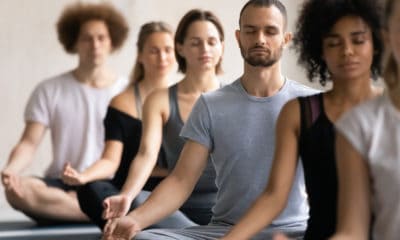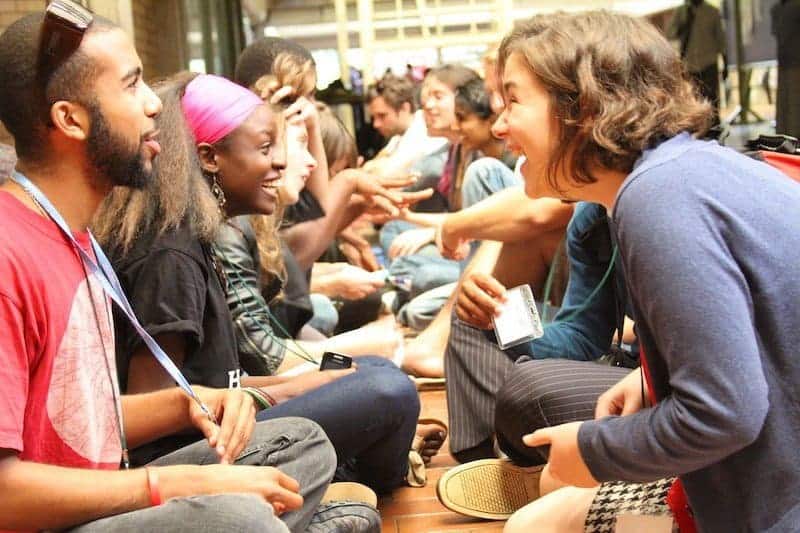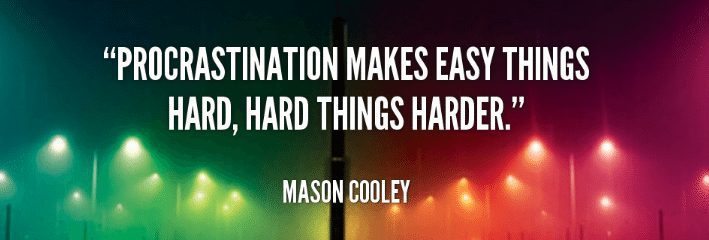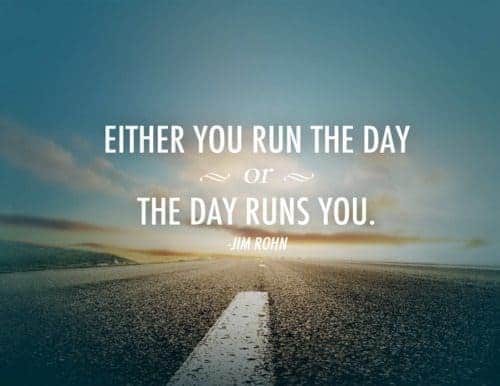How People With Type A Personalities Relax
I never thought I could meditate.
I’m too Type A.
I’m too active.
I’m too busy.
I’m too competitive.
My leg cramps.
I just have too many fabulous thoughts.
It’s hard.
What if I can’t do it?
What if I fail?
It seems time-consuming.
It seems stupid.
I’m too Type A.
Did I mention that one already?
Well, I’m REALLY Type A.
How People With Type A Personalities Relax
My perception of meditation is that you had to sit on a pillow; legs crossed uncomfortably, fingers held in a certain way, not quite on your lap but hovering in the air.
You had to clear your mind of all thoughts.
You close your eyes but you look up as if to gaze into the center of your forehead.
You put your tongue somewhere on the roof of your mouth (I’m still not sure where) and you just ‘be’.
In hearing all these instructions especially the one about not scratching something if it itched I thought, “I could never do this.”
But I tried.
I tried multiple times to sit on a pillow and quiet my mind.
But I was right; my crazy monkey mind was just too busy running from thought to thought.
Sometimes I would leap out of my seated meditation to remember something on my to do list or to return a phone call that I had forgotten.
And I thought that was actually a pretty good use of my time.
If I was able to quiet myself enough that I remembered all the very important things that I was supposed to do.
But I realized that wasn’t the purpose of meditation, to perfect my to do list.
When I tried putting meditation on the to do list that didn’t serve me any better.
It became a task, something I didn’t really want to do but felt obligated to try.
When I was working on my PhD and finishing up my dissertation, which was on stress and mind-body medicine, I kept reading more and more about meditation.
I started to almost feel like a hypocrite in that I kept saying how great it was, quoting study after study but not able to do it myself.
During my research I found the Benson Henry Institute for Mind-Body Medicine at Harvard.
I immediately signed up for a weeklong course with Herbert Benson himself (and his incredible colleagues).
The first day it was announced that we were going to meditate now.
I mumbled, “oh crap” under my breath thinking great I traveled all this way and paid all this money and I’m going to start out by failing at something.
The instructor asked how many people in the room had a meditation practice and I turned to look behind me because of course I was sitting in the front row as Type A as I am.
A few of the 150 in attendance raised their hands.
She then asked how many people felt they couldn’t meditate and she stared directly at me as if I had a flaming red Type A embroidered on my chest.
I tentatively raise my hand and she nodded her head as if she could automatically tell.
She gave us the rules of meditation, I was waiting for the vast uncomfortable list.
But what she gave us instead were just two rules.
Just two.
Which were to concentrate on something repetitive, and number two if other thoughts intruded just dismiss them without judgment.
And they would probably intrude.
She didn’t mention sitting a certain way or having to stare up in our own head, she simply taught us to concentrate on our breath, the rise and fall of our chest.
That was easy for me, I was a dancer, I knew what my breath was doing and I was very anchored in my own body.
I found that part of the activity comforting.
She then had us repeat on the inhale, “I am” and on the exhale “at peace.”
Inhale “I am” exhale “at peace.”
We did this for about five minutes and other thoughts intruded so without judgment, I simply brought myself back to the mantra and the breath.
At the end of that five minutes she counted us up and told us to come back to the room.
I shook my head no.
It felt so good!
When I finally opened my eyes she was staring at me with an approving look on her face.
Since that time at Harvard I have taught millions of people to do the mini meditation.
And I do it for myself multiple times a day.
I also learned that you can walk while you meditate, run, play tennis, garden; however it works for you.
I feel it’s important to customize what meditation means to you and how it is going to work best.
And the minis are so fabulous because you can do them at any time in any place.
You don’t have to close your eyes, contorting yourself into some sort of yoga like position, unless you want to.
So no one even needs to know you are doing it.
It has calmed me down in very long lines at the post office, allowed me to remain at peace when I’m waiting for my fifth flight delay and kept the LA road rage from creeping in.
It brings you back to the present moment and stops that fight or flight response that can be so detrimental to our health and well being.
It’s estimated that between 60 and 90% of our doctors visits are from stress-related illness.
Most people I know aren’t going to take the time and the effort to sit on the pillow to learn to formally meditate so the mini-meditation is perfect for them.
And now I must admit in my Type A most humblest voice…I can now sit on a pillow and meditate.
I can let my thoughts go away and I can see them go away as an impartial observer.
I sit in lotus position with my hands gently floating above my lap, eyes looking up closed, tongue on the roof of my mouth behind my teeth and I can turn into 1 million bubbles and float away.
It has taken practice.
It has taken discipline and it’s taken the mini-meditation to lead the way.
The mini was my gateway drug to being able to sit in formal meditation.
I don’t always have time and I don’t always do it “right” but I do it.
And I have seen vast an important benefits and changes in my life.
And in those people who I have taught it to.
Young, old, addicts, 911 dispatchers, nurses in the Middle East.
Try it.
Just for 3 minutes a few times a day.
That is my challenge to you.
And if you’re as competitive as I am, you’ll take me up on it and excel.











